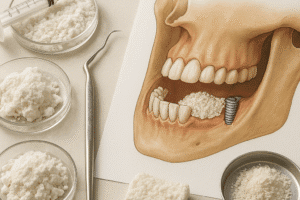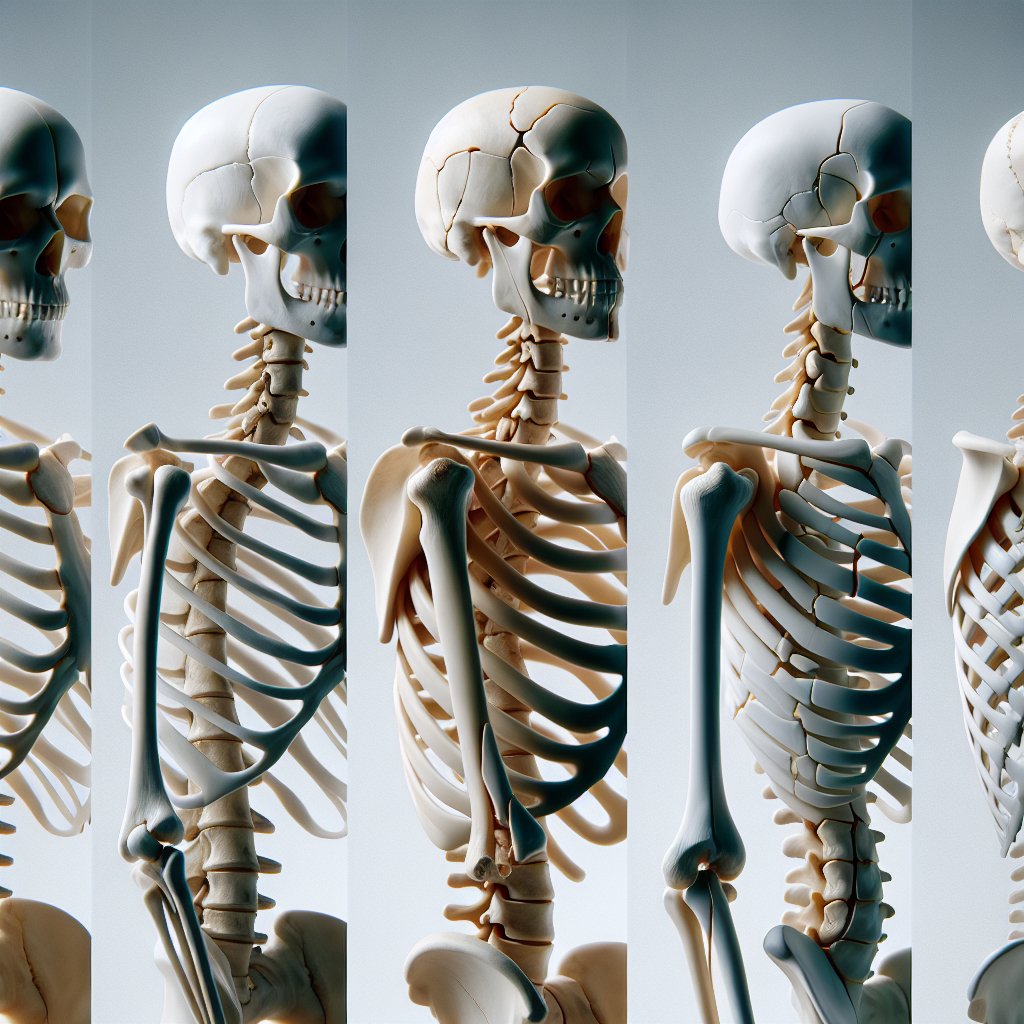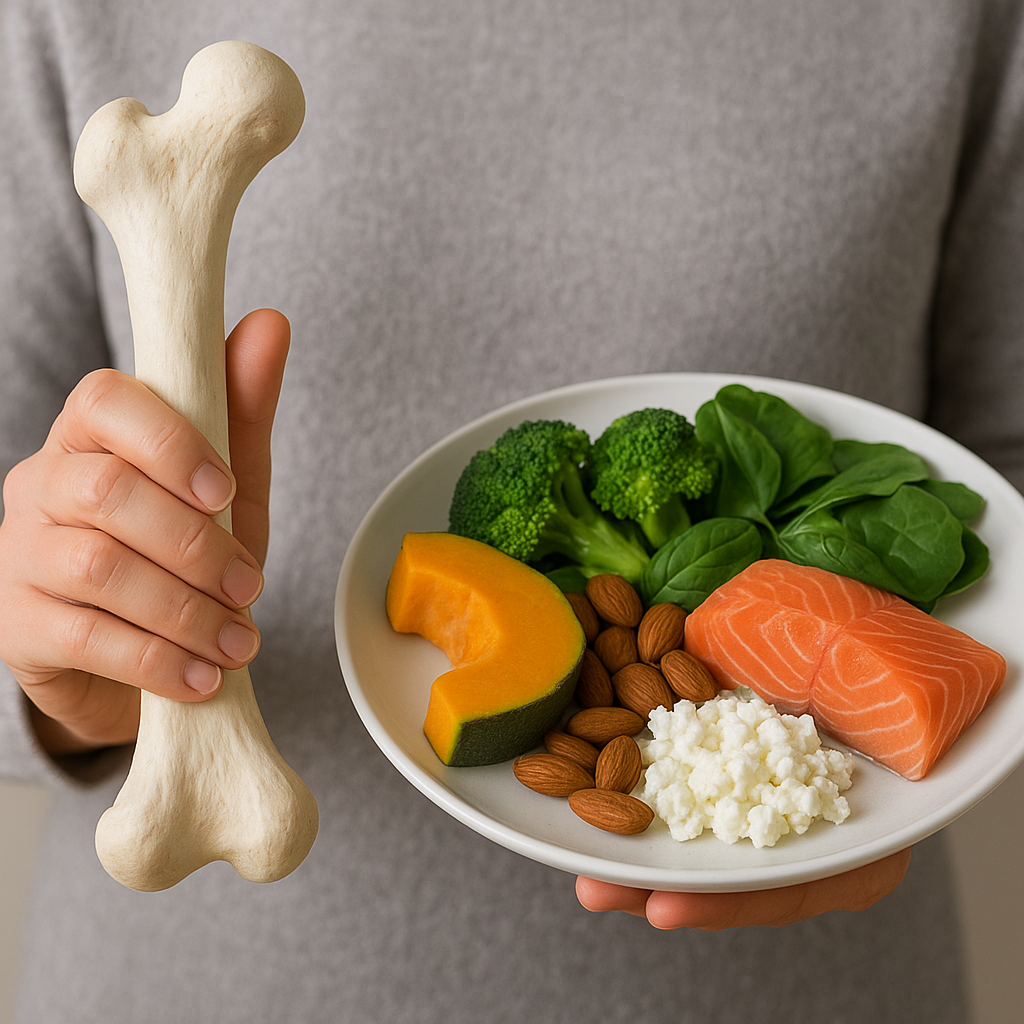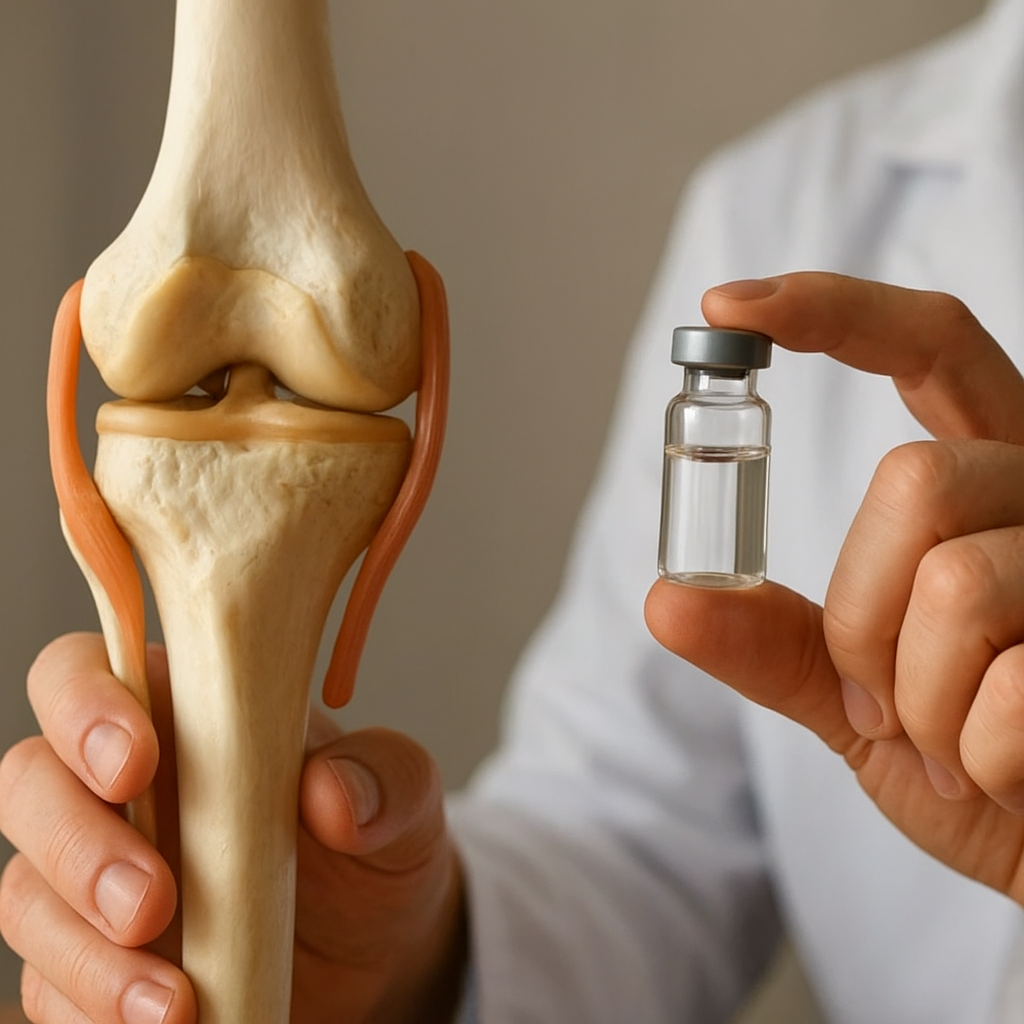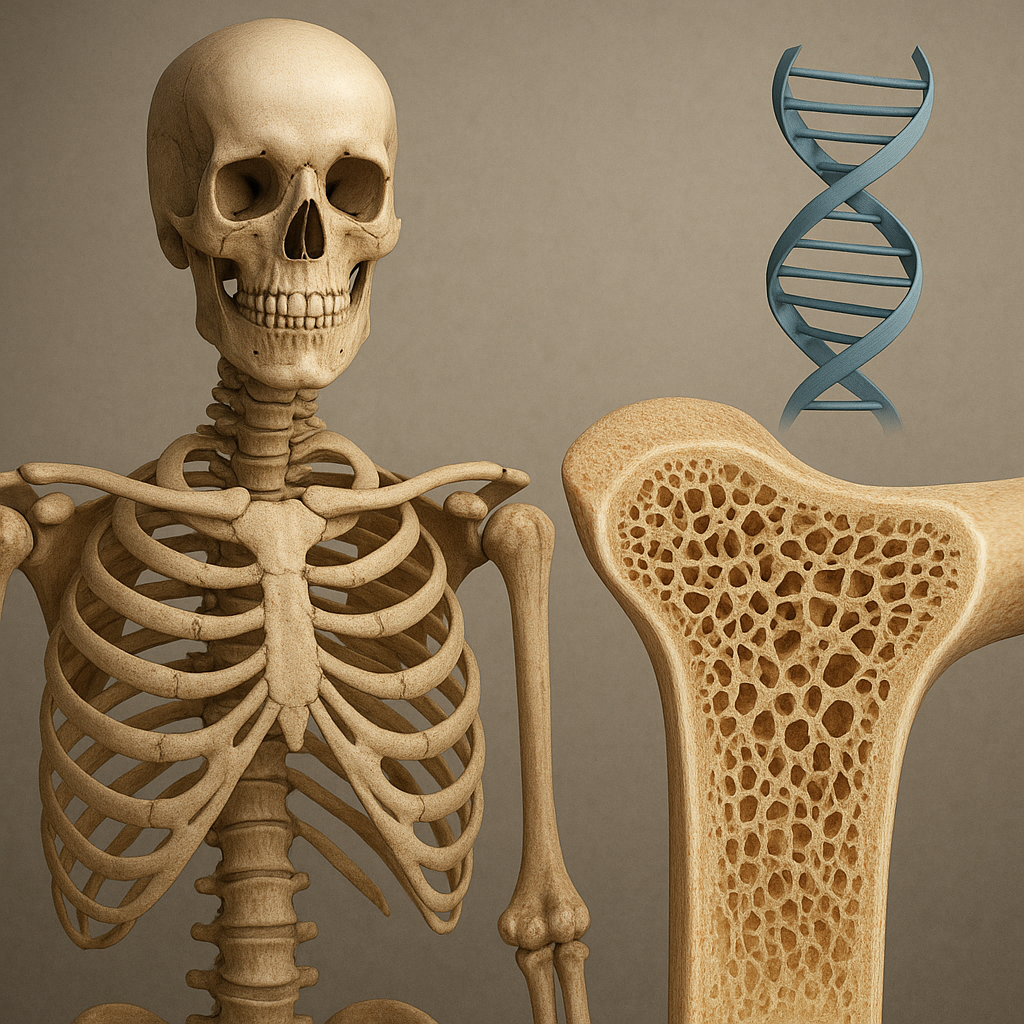The distinction between fractures, breaks, and cracks in bones is crucial for understanding the nature of bone injuries and their implications for treatment and recovery. While these terms are often used interchangeably in everyday conversation, they have specific meanings in the medical field. This article will explore the definitions, causes, symptoms, and treatment options for each type of bone injury, providing a comprehensive overview for readers seeking to understand these common medical issues.
Understanding Bone Injuries
Bone injuries can occur due to various factors, including trauma, overuse, and underlying health conditions. The human skeleton is designed to withstand significant stress, but when that stress exceeds the bone’s capacity, injuries can occur. To better understand the differences between fractures, breaks, and cracks, it is essential to define each term and explore their characteristics.
Fractures
A fracture is a medical term that refers to any break in the continuity of the bone. Fractures can be classified into several categories based on their characteristics:
- Complete Fracture: The bone is broken into two or more pieces.
- Incomplete Fracture: The bone is partially broken, but the continuity is not completely disrupted.
- Open Fracture: The broken bone pierces through the skin, increasing the risk of infection.
- Closed Fracture: The bone is broken, but the skin remains intact.
- Stress Fracture: A small crack in the bone caused by repetitive force or overuse.
Fractures can result from various causes, including falls, sports injuries, accidents, or conditions that weaken the bones, such as osteoporosis. Symptoms of a fracture typically include pain, swelling, bruising, and difficulty using the affected limb. Diagnosis is usually confirmed through imaging tests such as X-rays or CT scans.
Breaks
The term “break” is often used colloquially to refer to a fracture. However, in a medical context, it is less precise. A break can imply a more severe injury, but it essentially describes the same phenomenon as a fracture. In practice, when a doctor refers to a bone “break,” they are likely discussing a fracture. The distinction lies primarily in the terminology rather than the nature of the injury itself.
Regardless of the terminology used, the treatment for a break or fracture typically involves immobilization of the affected area, pain management, and in some cases, surgical intervention. The healing process can vary depending on the type and severity of the injury, as well as the patient’s overall health.
Cracks
Cracks in bones are often synonymous with stress fractures, which are small, hairline fractures that occur due to repetitive stress or overuse. Unlike complete fractures, cracks do not result in the bone being separated into distinct pieces. Instead, they represent a partial failure of the bone structure.
Stress fractures are common among athletes and individuals who engage in high-impact activities. Symptoms may include localized pain that worsens with activity and improves with rest. Diagnosis typically involves imaging tests, and treatment often includes rest, ice, and gradual return to activity.
Diagnosis and Treatment of Bone Injuries
Accurate diagnosis is essential for effective treatment of bone injuries. Medical professionals utilize a combination of physical examinations, patient history, and imaging studies to determine the type and severity of the injury. Once diagnosed, treatment options can vary significantly based on the nature of the injury.
Diagnosis Methods
Several methods are employed to diagnose fractures, breaks, and cracks:
- Physical Examination: A healthcare provider will assess the affected area for swelling, tenderness, and range of motion.
- X-rays: The most common imaging technique used to visualize bone injuries.
- CT Scans: Provide detailed images of complex fractures that may not be visible on X-rays.
- MRIs: Useful for detecting stress fractures and assessing soft tissue injuries.
Treatment Options
Treatment for bone injuries depends on the type and severity of the injury. Common treatment options include:
- Immobilization: Using casts, splints, or braces to keep the bone stable during the healing process.
- Medication: Pain relievers and anti-inflammatory drugs to manage pain and swelling.
- Physical Therapy: Rehabilitation exercises to restore strength and mobility after immobilization.
- Surgery: In cases of severe fractures or breaks, surgical intervention may be necessary to realign the bone or insert hardware for stabilization.
Recovery time varies based on the type of injury, the patient’s age, and overall health. While some fractures may heal within a few weeks, others may take several months to fully recover.
Preventing Bone Injuries
Preventing bone injuries is essential, especially for individuals engaged in high-risk activities. Several strategies can help reduce the likelihood of fractures, breaks, and cracks:
Strengthening Bones
Maintaining bone health is crucial for preventing injuries. Strategies include:
- Nutrition: A diet rich in calcium and vitamin D supports bone strength.
- Exercise: Weight-bearing exercises help build and maintain bone density.
- Avoiding Smoking and Excessive Alcohol: Both can weaken bones and increase the risk of fractures.
Safe Practices
Implementing safe practices can also help prevent injuries:
- Wearing Protective Gear: Using appropriate equipment during sports and recreational activities.
- Being Cautious: Taking care to avoid falls, especially in high-risk environments.
- Gradual Increase in Activity: Avoiding sudden increases in physical activity to prevent stress fractures.
Conclusion
Understanding the differences between fractures, breaks, and cracks in bones is essential for recognizing the severity of bone injuries and seeking appropriate treatment. While the terms may be used interchangeably in casual conversation, they have distinct meanings in the medical field. By being aware of the causes, symptoms, and treatment options for these injuries, individuals can take proactive steps to protect their bone health and reduce the risk of injury. Whether through proper nutrition, safe practices, or timely medical intervention, maintaining strong and healthy bones is vital for overall well-being.





